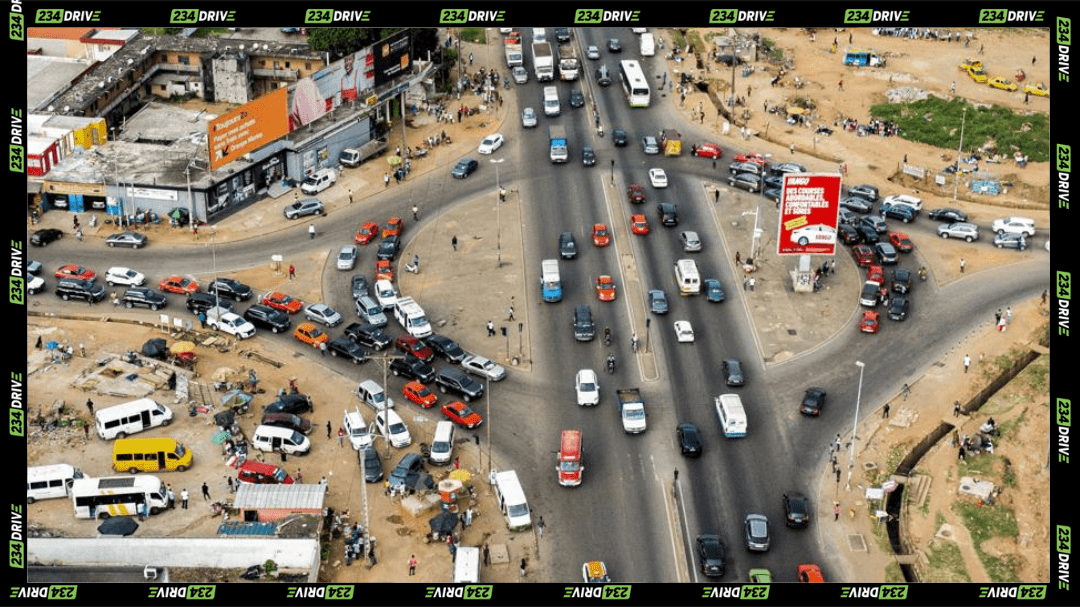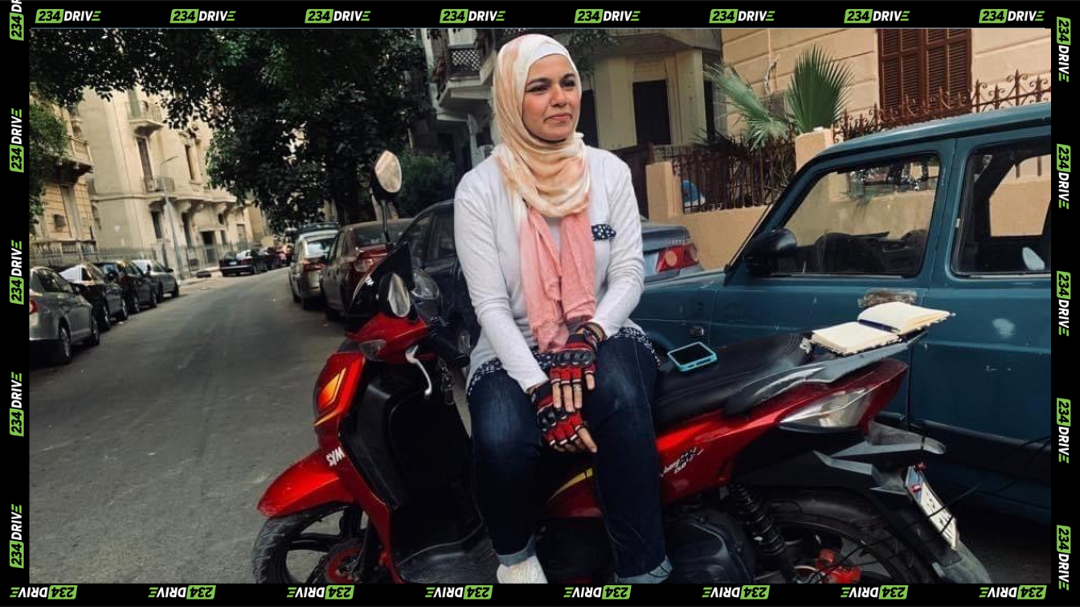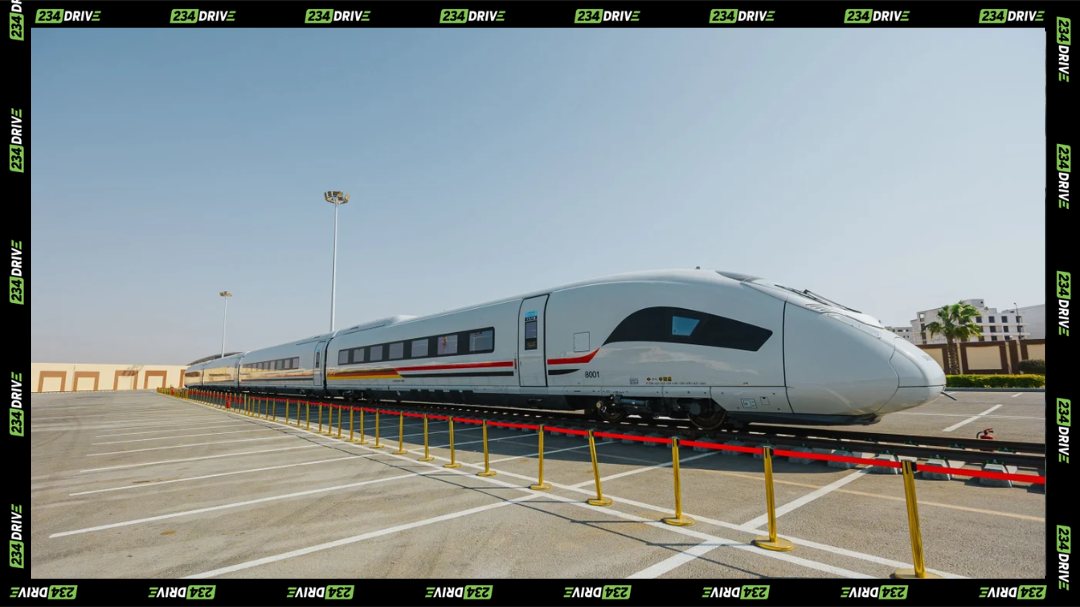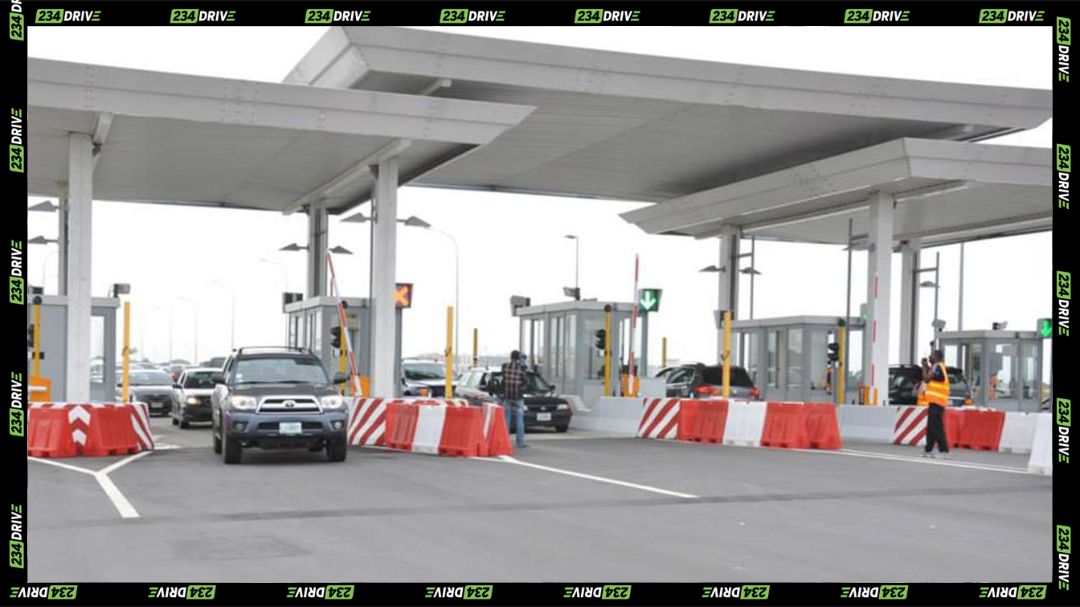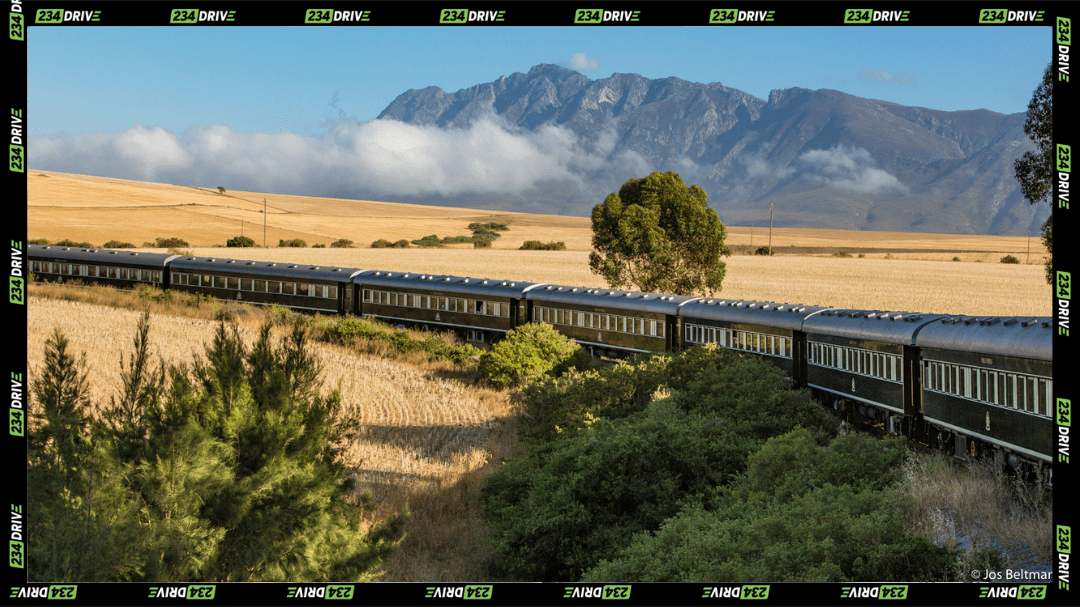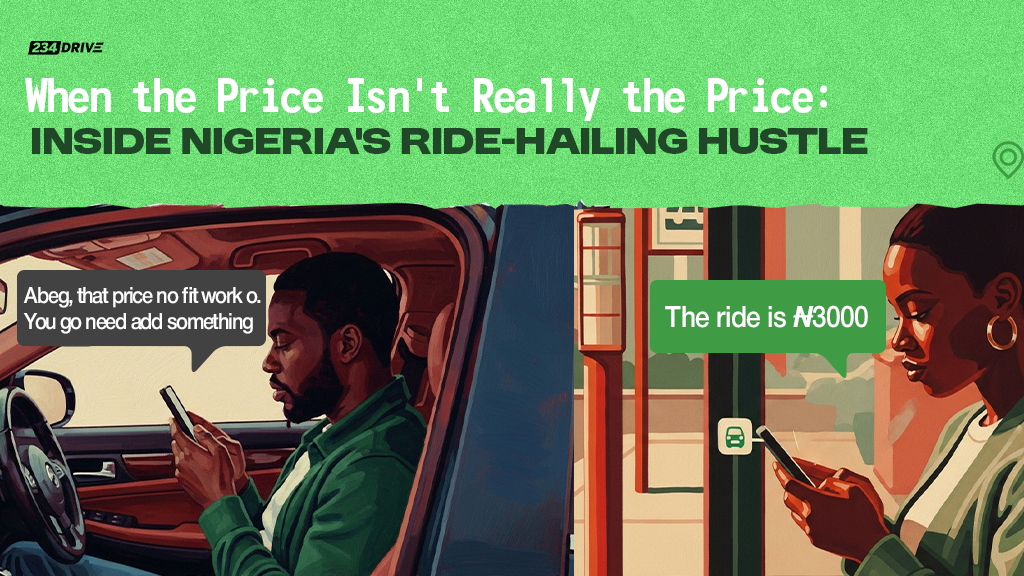AI traffic lights and Decibel lights are working in Hong Kong and Mumbai, respectively. Could these technologies also transform the busiest cities in Africa?
Hong Kong is using artificial intelligence to run its traffic lights, cutting average vehicle delays by about 5–10% at trial junctions and preparing to expand the system to busy corridors like Wan Chai and Causeway Bay, plus about 50 more junctions from 2026 to 2027.
The Real-time Adaptive Traffic Signal System uses sensors at junctions to watch how many cars and people are actually on the road. Instead of following a fixed timetable, the software keeps changing how long each light stays green based on live conditions. It aims to ease queues, shorten waiting times, and still give pedestrians enough time to cross safely.
At a crossing, the system notices when people start to gather. It can call the pedestrian phase on its own, then hold the green light long enough for everyone to get across. Once the road is clear, the system swiftly returns green time to vehicles so drivers aren’t left idling unnecessarily. At a T-junction with no cars on one arm, it can skip that arm’s green entirely and give extra time to the busier directions.
What does AI-powered smoother traffic flow like this really mean in real terms?
In Tung Chung, Hong Kong linked eight junctions together so the AI could manage a whole corridor rather than one light at a time. When it detected more traffic coming from Kowloon towards the town centre or the airport, it lined up a longer “green wave” to move those cars through more smoothly.
A 10% cut in delay also means less fuel burnt while sitting still. Tests from the U.S. Department of Energy show that a compact car with a 2.0-litre engine can use roughly 0.16–0.17 gallons (about 0.6 litres) of fuel per hour when idling, and other studies put typical idling use in the range of about 0.5–2 litres per hour depending on vehicle size.
If a commuter spends 20 minutes a day idling at lights, that’s about 0.2 litres of fuel. A 10% cut in delay trims that by roughly 0.02 litres per day. Across 100,000 cars on a busy corridor, that’s around 2,000 litres of fuel saved each day, plus lower emissions. ( although the exact numbers will vary with the vehicle mix, the direction is clear.)
As part of a wider “smart mobility” push, Hong Kong’s Transport Department has also built a testing platform that lets universities and tech companies plug in their own algorithms so the city can trial new ideas before wider rollout. The project has already earned recognition, including a Smart Transport award for digital transport innovation.
Practical, Creative Tools Cities Can Use to Reduce Road Noise
One thing that often comes with driving in big cities and urban areas is the soundtrack: engines, buses, and a lot of unnecessary honking. Some of that can be tackled too. In Mumbai, traffic police tested “punishing signals” at several busy junctions. Decibel meters on the poles listen to the noise at the junction; when honking pushes sound levels above 85 dB, the red light timer resets, forcing everyone to wait longer. The message on the display is blunt: “Honk More, Wait More.”
Studies in Lagos and parts of the Western Cape show that noise levels along busy roads and markets often sit well above World Health Organization guideline values, with many locations recording daytime averages above 60–65 dB and peaks well into the 90 dB range. Many Lagosians have also voiced frustration about the constant noise and shared suggestions with 234Drive.For cities like Lagos and Cape Town, pairing Hong Kong–style AI traffic lights with Mumbai-style decibel-based “honk control” at the worst junctions could cut both wasted fuel and street noise. That means less time stuck, fewer fumes, and calmer, safer intersections—without waiting for huge new road projects.


